What Do I Need For Product Photography ?
To set up a successful product photography shoot, you will need a few essential items. Firstly, a good quality camera with manual settings and the ability to shoot in RAW format is crucial. Additionally, you will need a sturdy tripod to ensure stability and avoid camera shake. Lighting equipment is also essential, including softboxes or diffusers to create even lighting, as well as reflectors to bounce light and reduce shadows. A backdrop or seamless paper can be used to create a clean and professional background for your products. Props and styling tools may also be necessary to enhance the visual appeal of your products. Lastly, post-processing software such as Adobe Photoshop or Lightroom can be used to edit and enhance your product images.
1、 Lighting equipment for optimal illumination and highlighting product features.
What do I need for product photography? Lighting equipment for optimal illumination and highlighting product features.
Product photography is all about showcasing the product in the best possible way, and lighting plays a crucial role in achieving that. To capture the essence of the product and highlight its features, you need the right lighting equipment.
One of the most important lighting tools for product photography is a good quality light source. This can be natural light, such as shooting near a window with diffused light, or artificial light, such as studio lights or continuous lighting setups. The choice between natural and artificial light depends on the desired outcome and the product being photographed.
For optimal illumination, it is recommended to use a combination of different light sources. This helps to eliminate shadows and evenly light up the product. A popular setup is the three-point lighting system, which consists of a key light, a fill light, and a backlight. The key light is the main light source that highlights the product, the fill light helps to balance the shadows, and the backlight adds depth and separation from the background.
In addition to the main light sources, modifiers like softboxes, umbrellas, and diffusers can be used to control the intensity and direction of the light. These modifiers help to create a softer and more flattering light, reducing harsh shadows and reflections.
The latest trend in product photography lighting is the use of LED lights. LED lights are energy-efficient, produce less heat, and offer a wide range of color temperatures. They are also portable and can be easily adjusted to achieve the desired lighting effect.
In conclusion, to excel in product photography, investing in lighting equipment is essential. Whether it's natural or artificial light, a combination of light sources, modifiers, and the latest LED technology can help you achieve optimal illumination and highlight the features of the product you are photographing.

2、 High-quality camera with adjustable settings for capturing detailed images.
To achieve professional-looking product photography, you will need a few essential items. First and foremost, a high-quality camera with adjustable settings is crucial for capturing detailed images. This will allow you to have control over the exposure, focus, and depth of field, resulting in sharp and clear product shots.
When it comes to choosing a camera, there are various options available on the market. The latest point of view suggests that mirrorless cameras are becoming increasingly popular among photographers due to their compact size and advanced features. These cameras offer excellent image quality, interchangeable lenses, and the ability to shoot in RAW format, which provides more flexibility during post-processing.
In addition to a camera, you will also need a tripod to ensure stability and avoid any blurriness caused by camera shake. A tripod allows you to keep the camera steady, especially when shooting in low light conditions or using longer exposure times.
Lighting is another crucial aspect of product photography. While natural light can work well, having control over the lighting is essential for consistent results. Consider investing in a lighting setup, such as softboxes or studio lights, to create a well-lit environment and eliminate any unwanted shadows or reflections.
Lastly, having a selection of lenses is beneficial for product photography. A macro lens is particularly useful for capturing intricate details, while a standard lens can be versatile for various product sizes and compositions.
Overall, to excel in product photography, a high-quality camera with adjustable settings, a tripod, proper lighting equipment, and a selection of lenses are essential. Keeping up with the latest advancements in camera technology can also help you stay ahead in this competitive field.
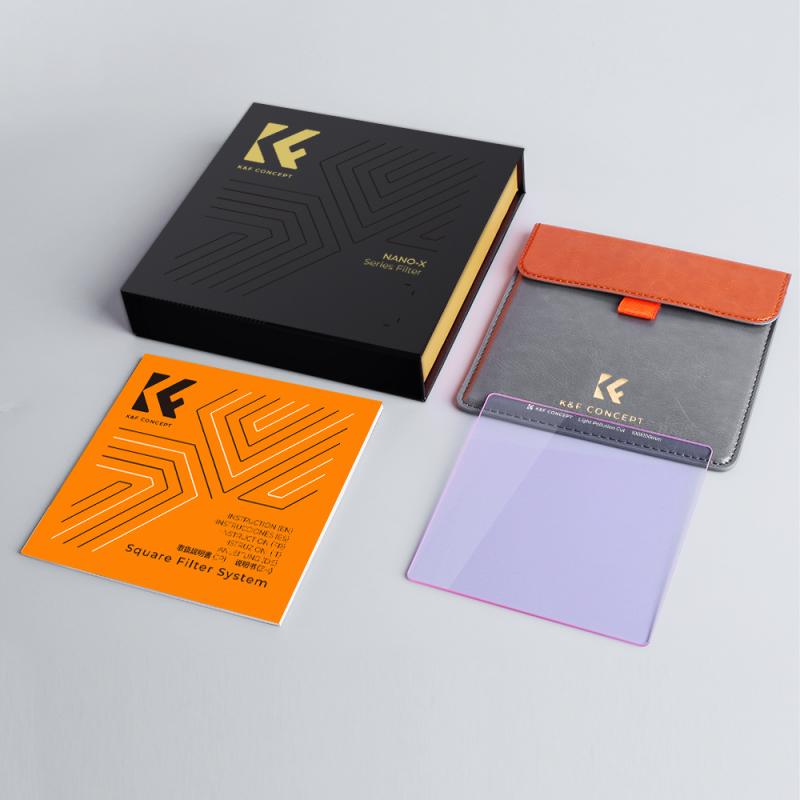
3、 Tripod for stability and avoiding camera shake.
What do I need for product photography? One essential item you will need is a tripod. A tripod provides stability and helps avoid camera shake, ensuring your product images are sharp and clear. It allows you to keep the camera steady, especially when using longer exposure times or shooting in low light conditions. This is crucial for capturing the fine details of your products.
In addition to stability, a tripod also offers flexibility in positioning your camera. You can adjust the height, angle, and composition precisely, allowing you to capture your products from different perspectives. This is particularly useful when shooting small or intricate items that require close-up shots.
When choosing a tripod for product photography, consider its weight capacity, height range, and stability. Look for a sturdy and durable tripod that can support the weight of your camera and any additional equipment, such as macro lenses or external flashes. It should also be adjustable to different heights to accommodate various shooting scenarios.
Furthermore, advancements in technology have led to the development of innovative tripod features. Some tripods now come with built-in levels or bubble indicators to ensure your camera is perfectly level. Others have quick-release plates for easy attachment and detachment of your camera. Additionally, there are tripods with flexible legs that can be wrapped around objects or adjusted to uneven surfaces, providing even more versatility in your product photography.
In conclusion, a tripod is an essential tool for product photography. It provides stability, avoids camera shake, and allows for precise positioning of your camera. Consider the weight capacity, height range, and stability of the tripod, and explore the latest features available to enhance your product photography experience.
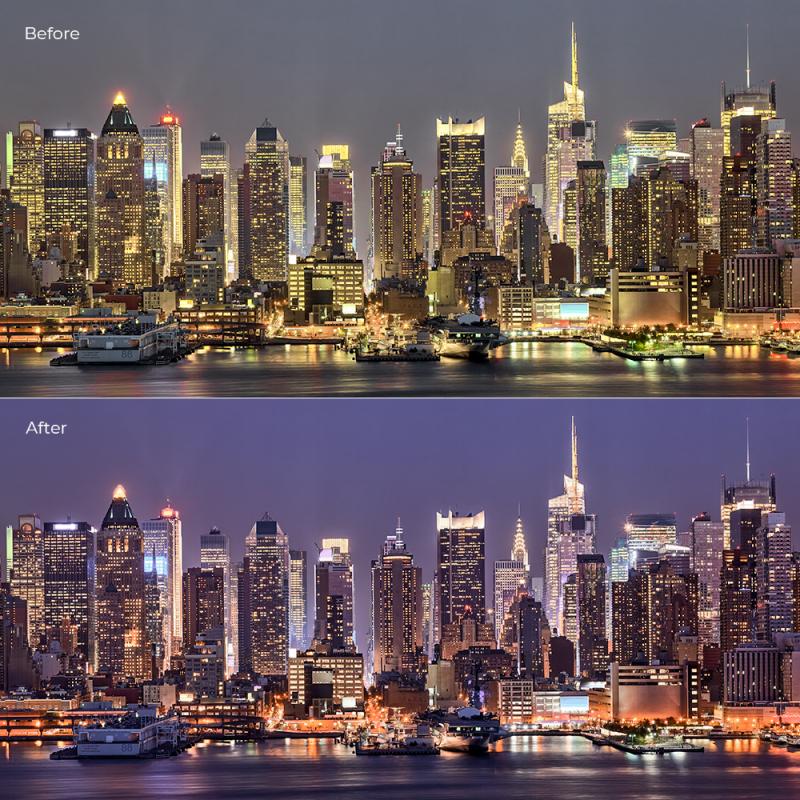
4、 Various backdrops or surfaces for creating different product aesthetics.
What do I need for product photography? Various backdrops or surfaces for creating different product aesthetics. In product photography, the backdrop or surface you choose plays a crucial role in setting the mood and enhancing the overall appeal of your products. Having a variety of backdrops or surfaces allows you to create different aesthetics and showcase your products in various settings.
When selecting backdrops or surfaces, consider the style and theme of your products. For example, if you're photographing jewelry or luxury items, a sleek and elegant backdrop like a black or white acrylic surface can create a sophisticated look. On the other hand, if you're shooting natural or organic products, a wooden surface or a textured backdrop can add warmth and authenticity to the images.
It's also important to keep up with the latest trends in product photography. Currently, minimalistic and clean backdrops are popular, as they allow the product to be the main focus. White or light-colored backdrops are commonly used to create a fresh and modern look. Additionally, textured surfaces like marble or concrete are gaining popularity for adding depth and visual interest to product images.
Investing in a variety of backdrops or surfaces can give you the flexibility to experiment with different styles and cater to the preferences of your target audience. Remember to choose backdrops that complement your products and enhance their features, ultimately helping you create visually appealing and enticing product photographs.
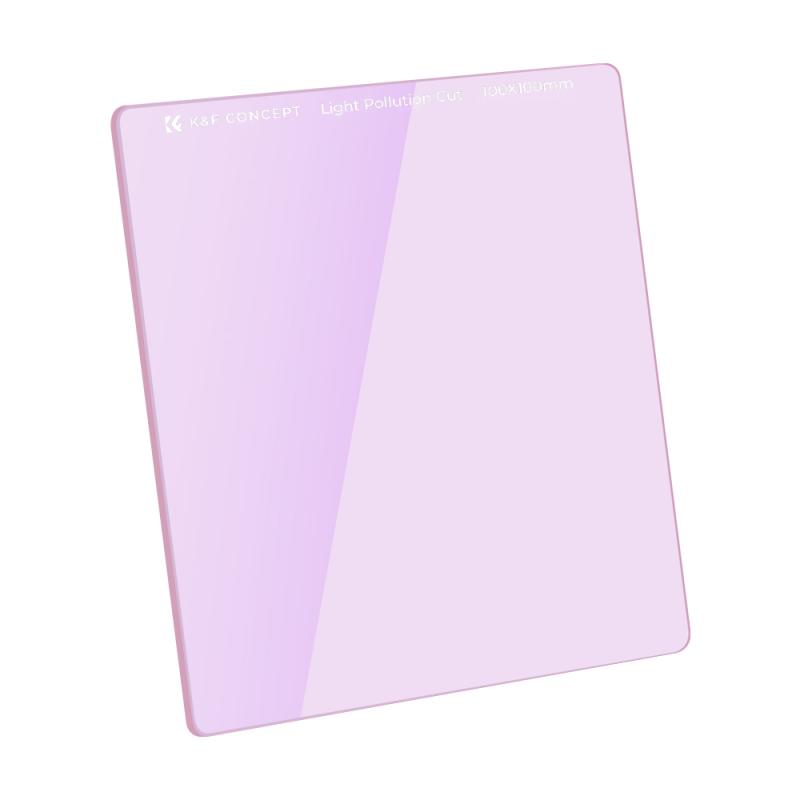








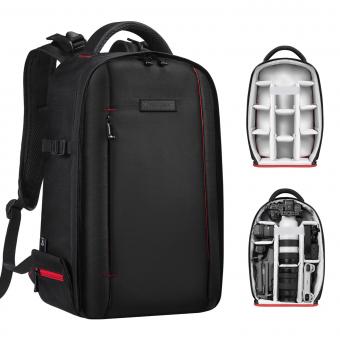

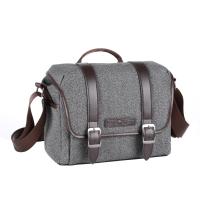
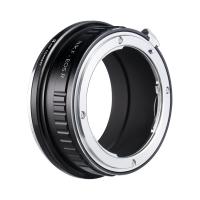
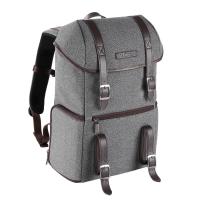

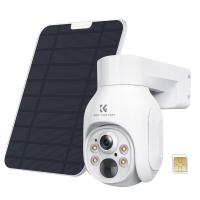
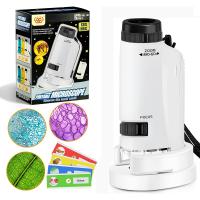







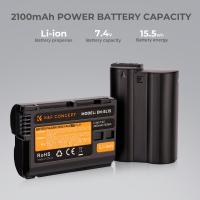
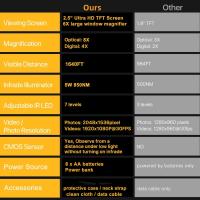
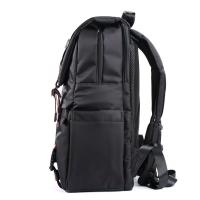

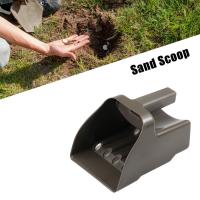
There are no comments for this blog.